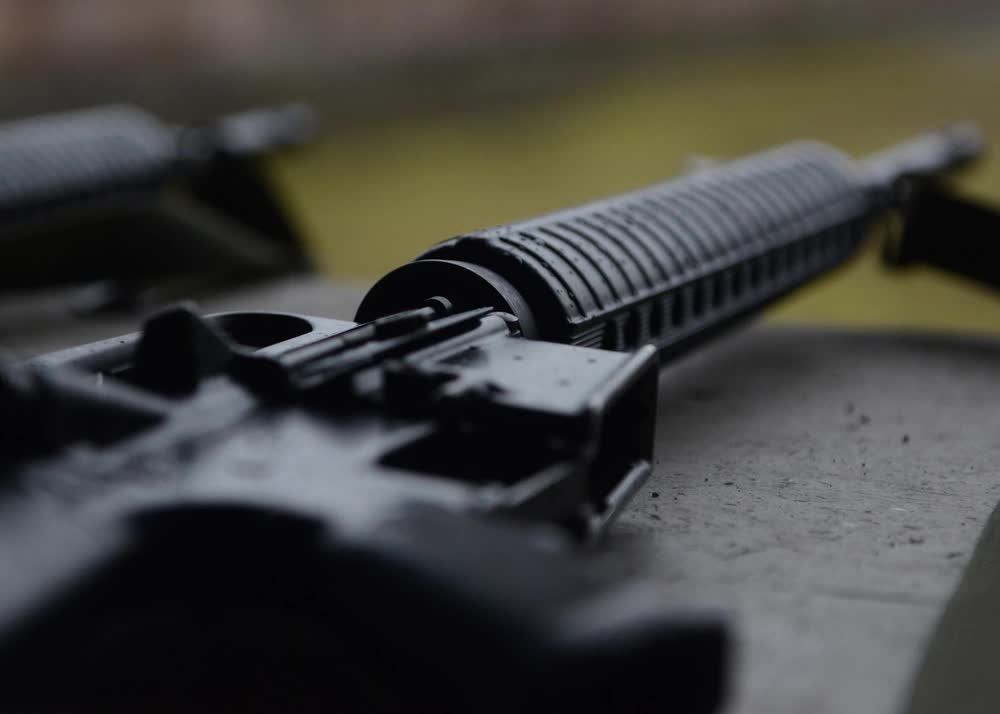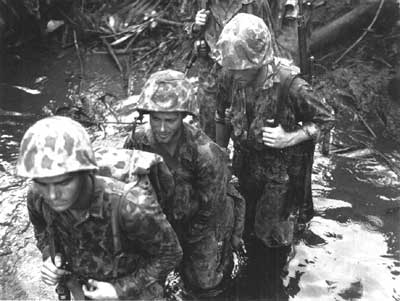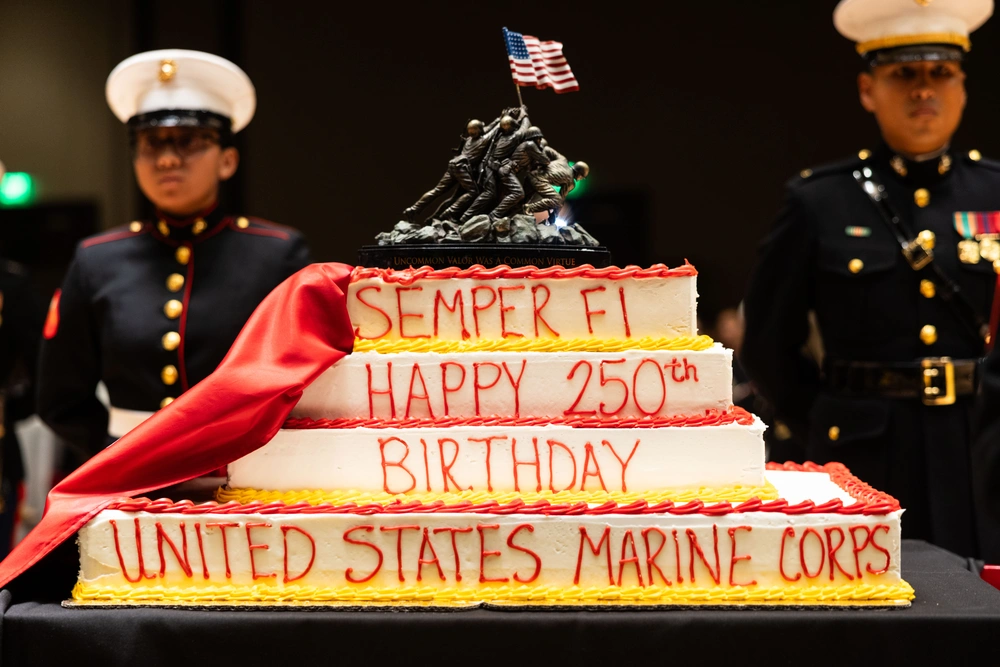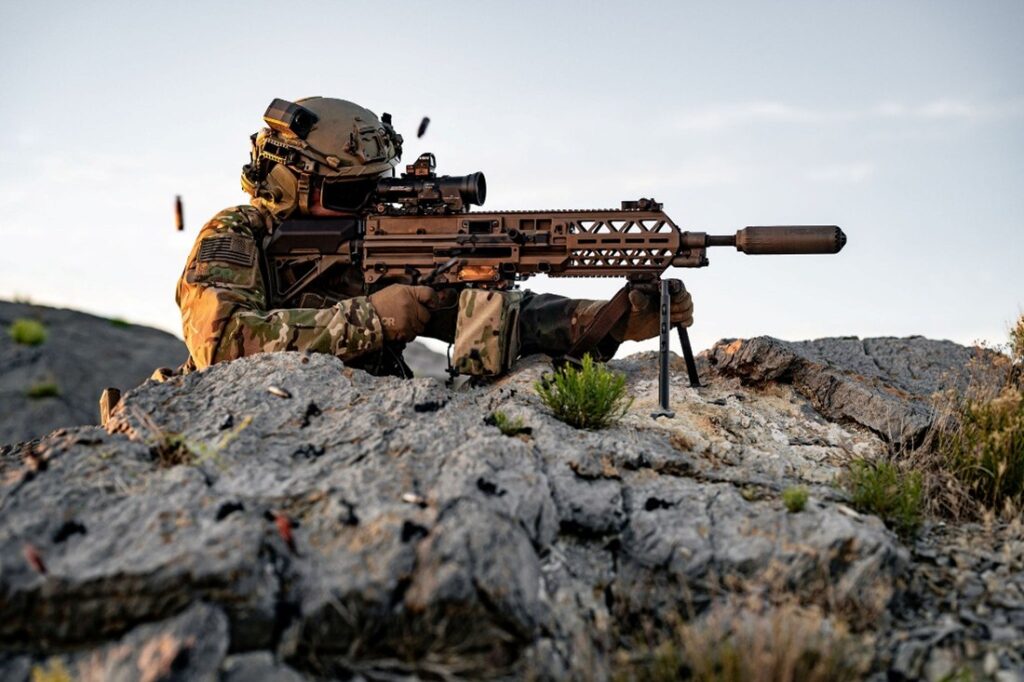The M16 is one of the more controversial firearms to ever be adopted by the United States military.
Not only did it have a disastrous introduction in Vietnam, but it strayed away from the .30 caliber projectile, a sin tantamount to heresy by the standards of the Army. Further, it was made of aluminum, steel, and polymer, not wood and steel.
The idea behind the gun dates back more than a decade before its adoption, and repeatedly the M16 had to prove itself.
An effectiveness study of the infantry rifle
According to The Black Rifle: M16 Retrospective book, Colonel Studler ordered the first study of rifle effectiveness in 1950, and Donald Hall of Aberdeen’s Ballistics Research Laboratories was tasked with conducting the study. In 1952, Hall published An Effectiveness Study of the Infantry Rifle presenting the results.
The study was unorthodox for the time and seemed to stray away from the Army’s requirement for range and penetration and, most importantly, the .30 caliber rifle round – this was tantamount to blasphemy at the time.
Instead, Hall’s study focused on three factors of an effective rifle: the soldier’s ability to hit a target; the bullet’s ability to wound; and the weight of the rifle and ammo. This led to the conclusion that if we fixed the weight for weapons and ammo at 15 pounds, a soldier carrying a .21 caliber rifle would be capable of killing 2.5 times as many targets as with the .30 M1 rifle.
Part of the study included producing a .22 caliber rifle for testing. Aberdeen put together a .22 caliber M2 Carbine that used a proprietary projectile and case design. This rifle proved the concept worked and could work almost as well as the .30 caliber M1 with some changes to the projectile design.
The Hitchman Report
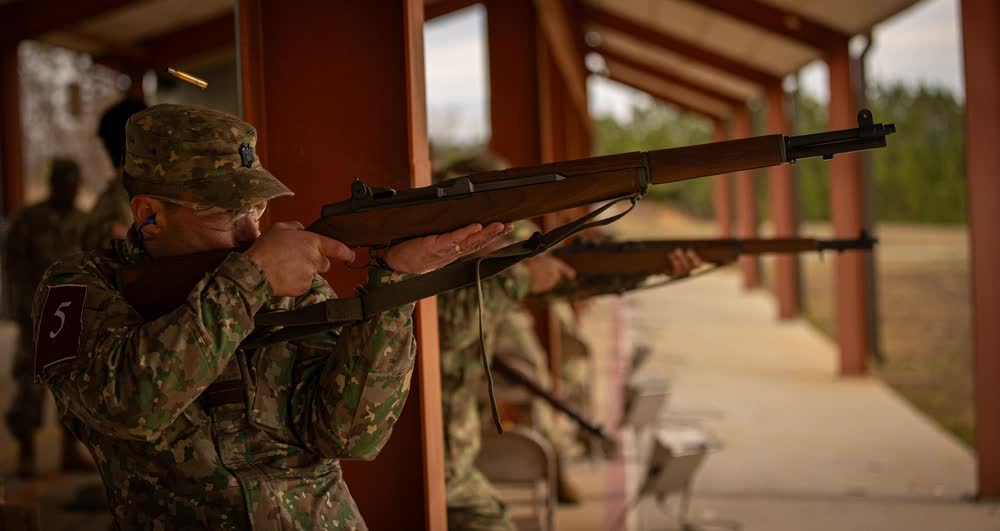
Three months after the release of the Hall study, the Operational Requirements for an Infantry Hand Weapon by Norman Hitchman was published and became known as the “Hitchman Report.” Hitchman gathered information from the last several wars and came to the conclusion that the best and worst marksmen had about an equal chance of landing hits in combat. He also found that rifle combat typically took place within 300 yards.
The Hitchman Report, free from the politicking of Big Army and the love of the M1 Garand rifle and .30 caliber cartridge, had no problem stating that “To create militarily acceptable damage at common battle ranges, missiles of smaller caliber than the present standard .30 cal. can be used without loss in wounding effects and with substantial logistical and overall military gains.”
“Of the possible salvo or volley automatic designs, the small caliber, lightweight weapon with controlled dispersion characteristics appears to be a promising approach. Low recoil of a small caliber weapon facilitates dispersion control,” it added.
Essentially, Hall and Hitchman gave birth to the “Small Caliber High Velocity” concept.
Related: Indonesia’s Pindad SS2 – Service rifles from around the world
SPIW/SALVO point to the AR-15
The SALVO project was part of a larger program called the Special Purpose Individual Weapon, or SPIW. This program started in 1952, and the military experimented with putting more projectiles in the air to improve hit probability.
To achieve this SALVO tested three concepts. First, the multiple-bullet design. SALVO rounds would place two projectiles into a single case. Whenever a round was fired, two projectiles left the barrel simultaneously. They used both duplex and triplex rounds.
Second, the multiple-barrel weapon. When you pulled the trigger, the gun fired two to three rounds from two to three barrels. It was simple but complicated and heavy.
The final concept was a shotgun round that fired 32 flechettes per trigger pull. Supposedly, the flechettes could reach out to 500 yards and penetrate a steel helmet. However, the spread and accuracy left a lot to be desired.
None of these systems worked – they were clumsy, heavy, and complicated. SALVO ended in 1960 and the recommendation was to adopt the Armalite AR-15 rifle as, it was found, that the easiest way to put multiple projectiles in the air with less accuracy disruption was to use a smaller, lighter projectile and fire multiple rounds.
The Army experiments with the AR-15 lead to the M16

In 1957, General Willard Wyman, commanding general of Continental Army Command, saw the Armalite AR-10 at a demonstration at Fort Monroe. He was impressed and spoke with Eugene Stoner. They discussed a .22 caliber rifle with respectable accuracy at 300 yards.
Wyman made a recommendation to the Infantry Board which then submitted a formal request for the weapon. The board wanted a 5.56 caliber rifle that was select fire and weighed six pounds. The requirement was for the rifle round to penetrate a U.S. helmet at 500 yards.
This led to the scaled-down AR-10, which became the AR-15 in 1957. In 1958, the Army’s Combat Developments Experimentation Command experimented with the AR-15. The experiment paired the M14, the AR-15, and the Winchester’s Light Weight Military Rifle against each other. The command armed squads of troops with each rifle, and tested their performance.
In the end, the recommendation was that the Army adopt the AR-15. This gained the attention of U.S. Air Force General Curtis LeMay, who was impressed with the rifle. As they say, history was made, and the Air Force adopted the AR-15 as its standard rifle. This officially kicked off the adoption of the M16 – which is adapted from the AR-15 – in 1964.
Related: This is why the iconic M16 rifle has served for so long
SAWS comes as the epilogue
In 1965, after the official adoption of the M16, the SAWS, or Small Arms Weapons System test took place, in which the Army tested squads armed with a wide variety of weapons. This radical test aimed to find the right combination of weapons for the infantry squad. It tested squads solely armed with the M16; mixed squads with various belt-fed machine guns, like the AR-18 and the G3 in 5.56; and squads armed with Soviet guns for comparison.
Troops were put through various ranges and marksmanship tests. The test concluded that the AR-15/M16 was indeed the best option and that a 5.56 machine gun had great potential.
The M16 had a very long road to adoption pockmarked by Big Army’s attempt to keep the idea of a small caliber, high-velocity weapon from ever being adopted, as it was set on the .30 cal round and the great big infantry rifle. However, after exhaustive testing, studies, and combat, the M16 proved to be the best rifle for the job and to this day still performs well against more modern competition.
Feature Image: M16 rifles sit on a bench at the Custer Sportsmen’s Club in Custer, WA, after crew members from Coast Guard Station Bellingham, WA, participated in small-arms training and qualification under the instruction of Petty Officer 2nd Class Peter Dewey, a small-arms instructor at Station Bellingham, Feb. 12, 2013. Coast Guard personnel undergo weapons training in order to carry out missions effectively and safely. (U.S. Coast Guard photo by Senior Chief Petty Officer George Degener)

